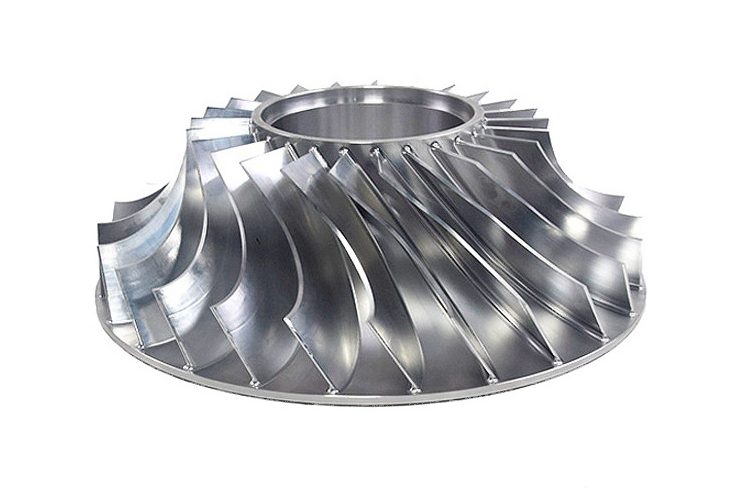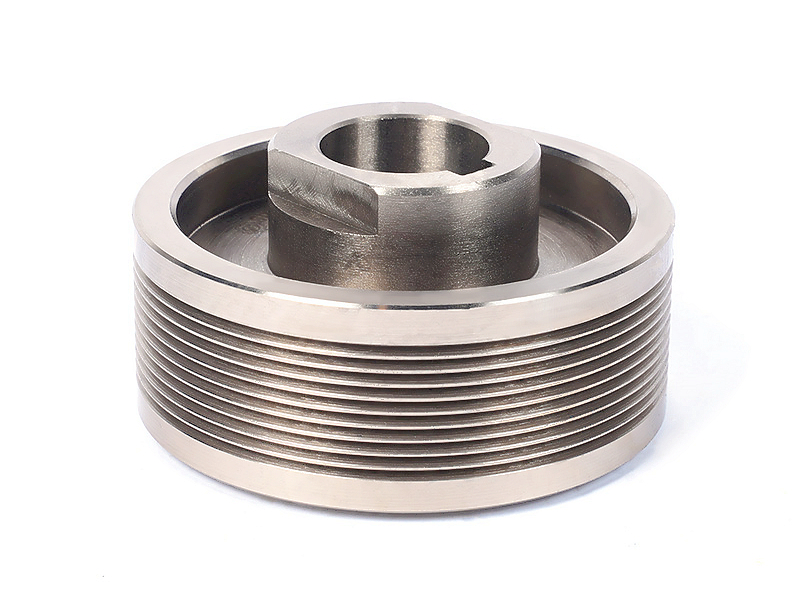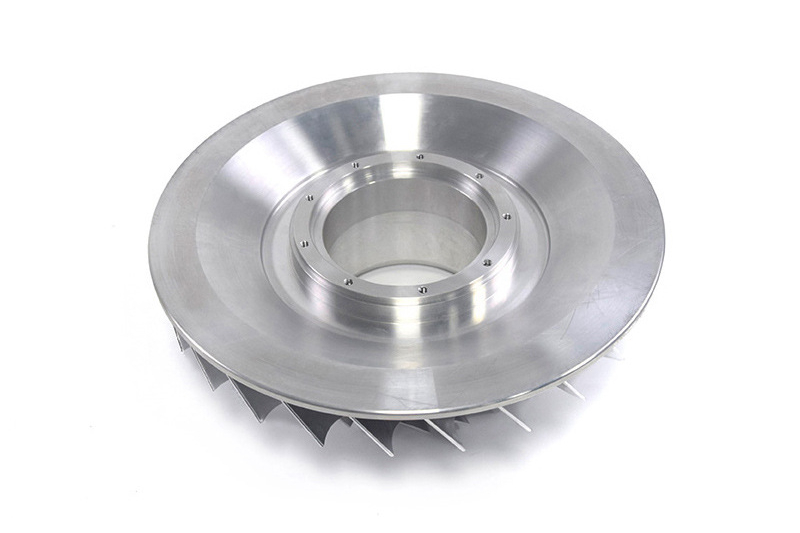What performance and machinability differences exist between TC4 and TC4 ELI?
From a manufacturing and engineering standpoint, the differences between TC4 (Ti-6Al-4V, Grade 5) and TC4 ELI (Ti-6Al-4V ELI, Grade 23) are subtle in composition but significant in their impact on mechanical performance, particularly in critical applications. The core distinction lies in the strict control of interstitial elements—oxygen and iron—which directly influences toughness, ductility, and machinability.
Interstitial Element Control and Mechanical Properties
The "ELI" designation stands for "Extra Low Interstitial." While both alloys share the same base composition of 6% Aluminum and 4% Vanadium, TC4 ELI is manufactured to a much stricter specification for oxygen (max 0.13% vs. 0.20% in standard TC4) and iron (max 0.25% vs. 0.30% in TC4). This reduction in interstitial impurities has a direct and profound effect on mechanical properties. Standard TC4 exhibits higher ultimate and yield tensile strength, typically around 900 MPa and 830 MPa, respectively. TC4 ELI, by contrast, has slightly lower minimum strength values (around 825 MPa UTS and 760 MPa YS) but significantly enhanced ductility and fracture toughness. This trade-off of raw strength for improved damage tolerance is a critical design decision.
Performance in Critical Environments
The primary driver for selecting TC4 ELI is its superior performance in demanding environments where crack propagation is a key concern. Its enhanced fracture toughness makes it the material of choice for Aerospace and Aviation applications like airframe and jet engine components that operate at cryogenic temperatures, where materials can become embrittled. Furthermore, its excellent biocompatibility and reduced risk of adverse tissue reaction, stemming from its higher purity, make it the global standard for medical implants within the Medical Device industry, such as spinal rods, joint replacements, and bone plates. Standard TC4, with its higher strength-to-weight ratio, is perfectly suited for the majority of aerospace structural components, landing gear, and other high-stress applications not requiring the extreme toughness of ELI.
Machinability and Manufacturing Considerations
From a machining perspective, the differences, while present, are nuanced and fall within the broader challenges of the Ti-6Al-4V system. The slightly lower strength of TC4 ELI can result in marginally lower cutting forces, which can be beneficial when machining delicate features, such as thin walls. However, its increased ductility can also pose challenges, potentially leading to a greater tendency for material adhesion and built-up edge (BUE) on cutting tools, which can affect surface finish. The general strategies for successful Titanium CNC Machining Service—sharp tools, high-pressure coolant, rigid setups, and appropriate speeds and feeds—apply equally to both grades. The key for a manufacturer is to fine-tune parameters based on the specific lot of material and the part geometry. Post-machining, processes like Electropolishing for Precision Parts are highly valuable for both, but are almost a requirement for medical-grade ELI implants to achieve the flawless, contaminant-free surface necessary for implantation.
Engineering Selection Guideline
The choice between TC4 and TC4 ELI is fundamentally application-driven:
Choose TC4 (Grade 5): For applications prioritizing high static strength, excellent fatigue performance, and general corrosion resistance in aerospace, automotive, and industrial components.
Choose TC4 ELI (Grade 23): For critical applications where fracture toughness, crack resistance, and enhanced ductility are paramount. This includes cryogenic aerospace structures, medical implants, and high-reliability marine and energy applications.
Leveraging a supplier with expertise in Precision Machining Service ensures that the unique characteristics of each alloy are understood and managed throughout the manufacturing process to meet the final component's performance requirements.



